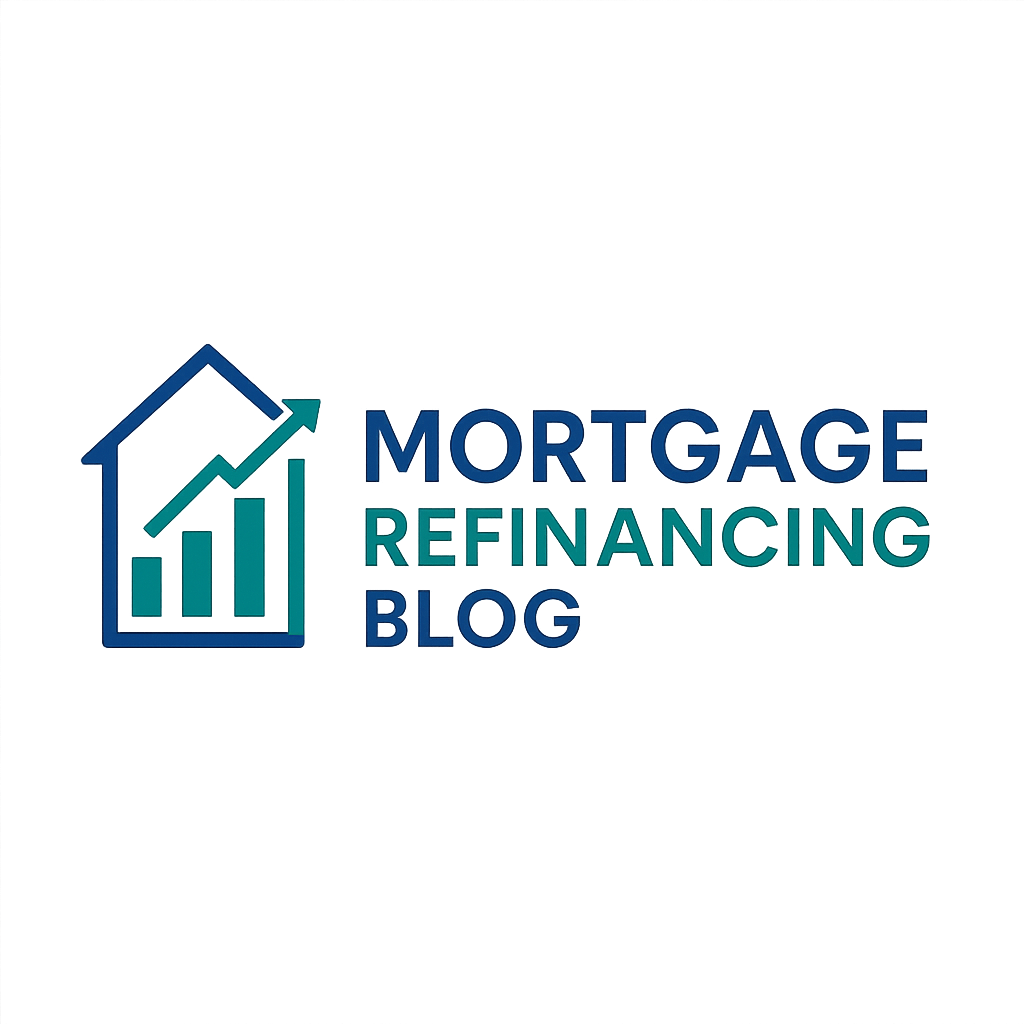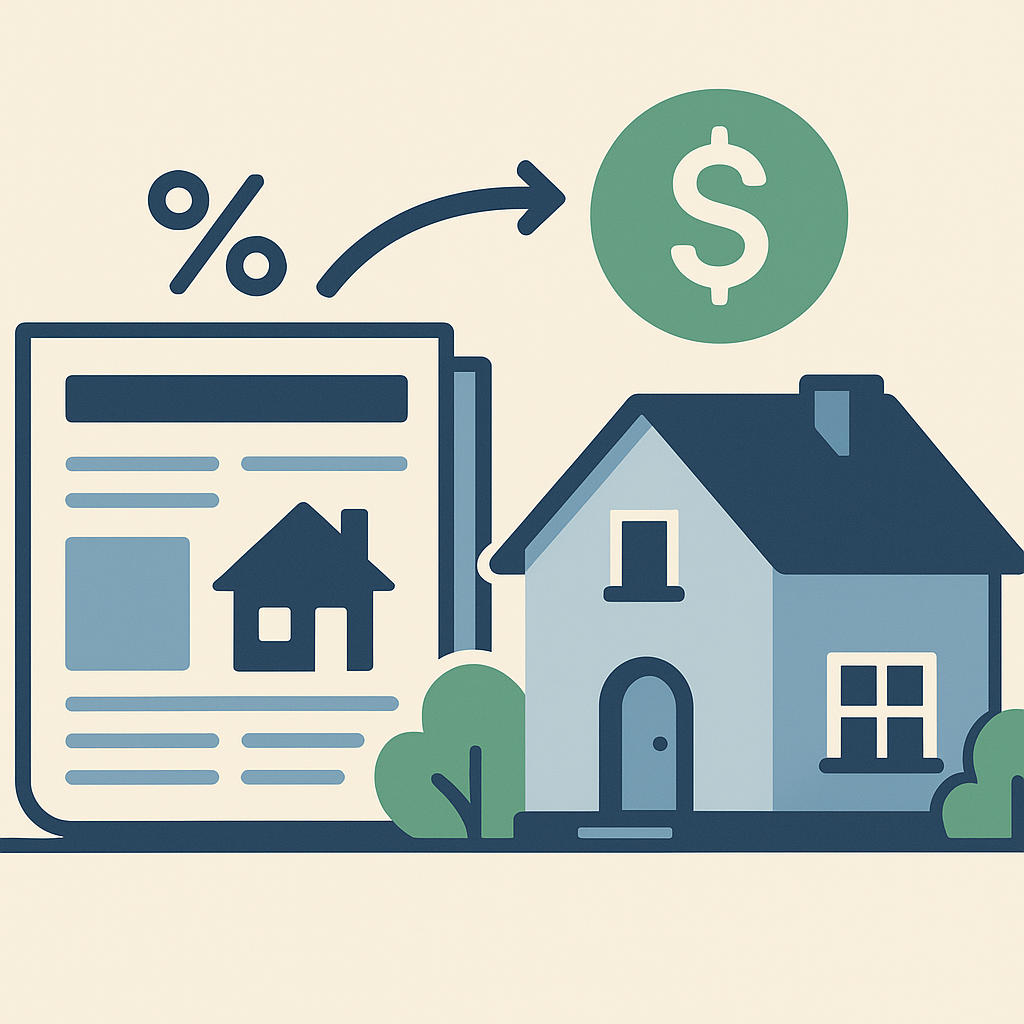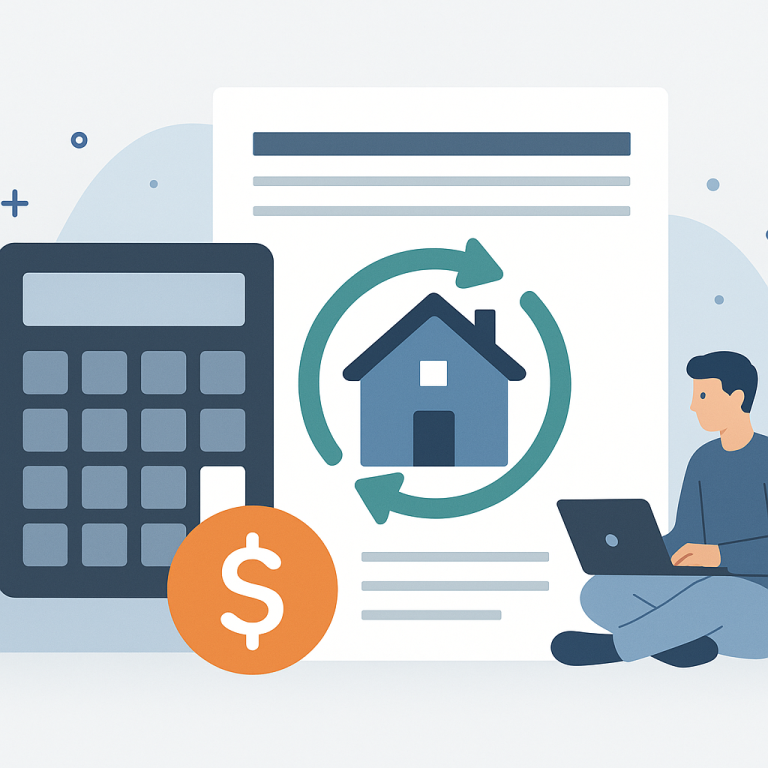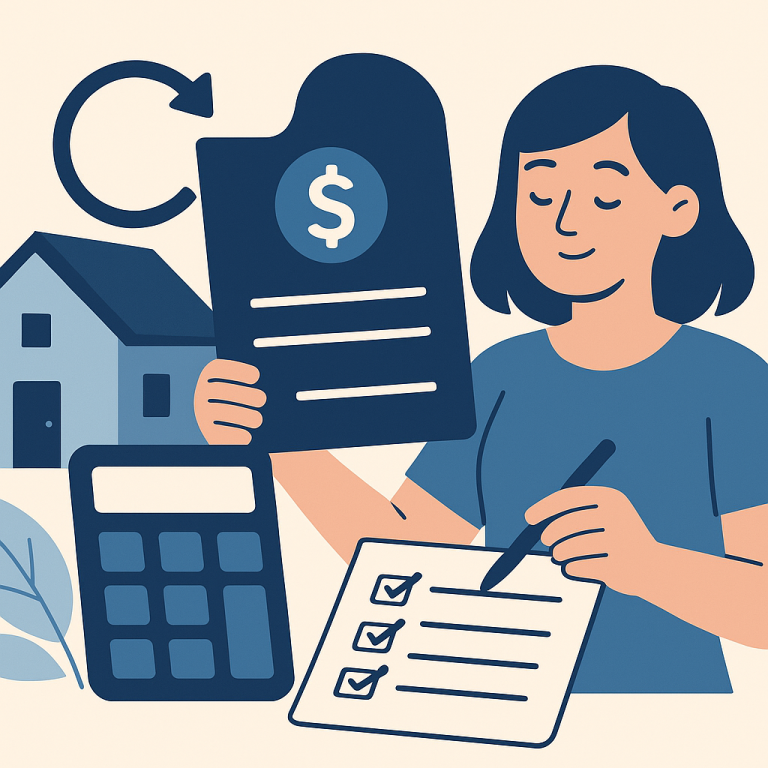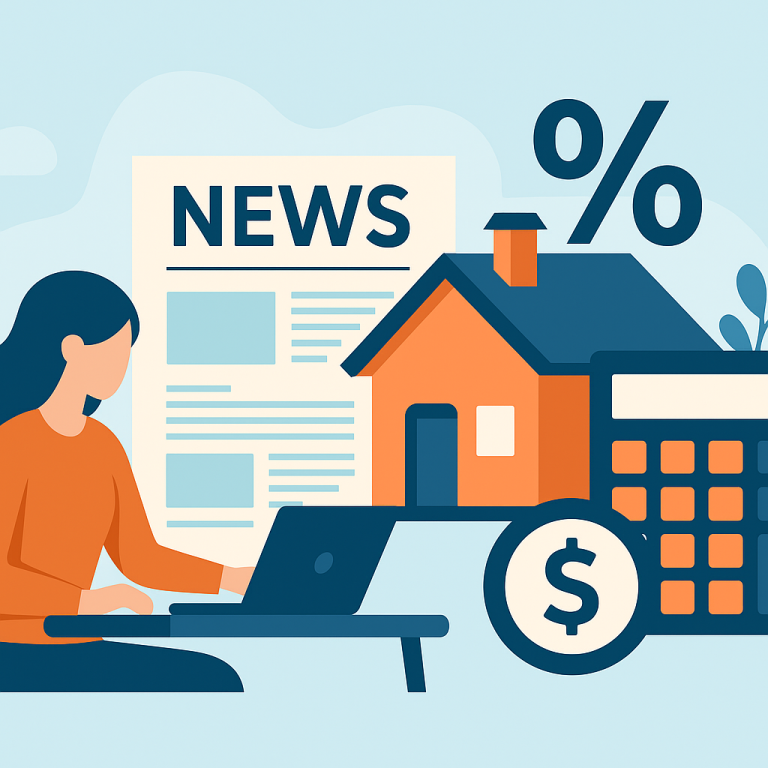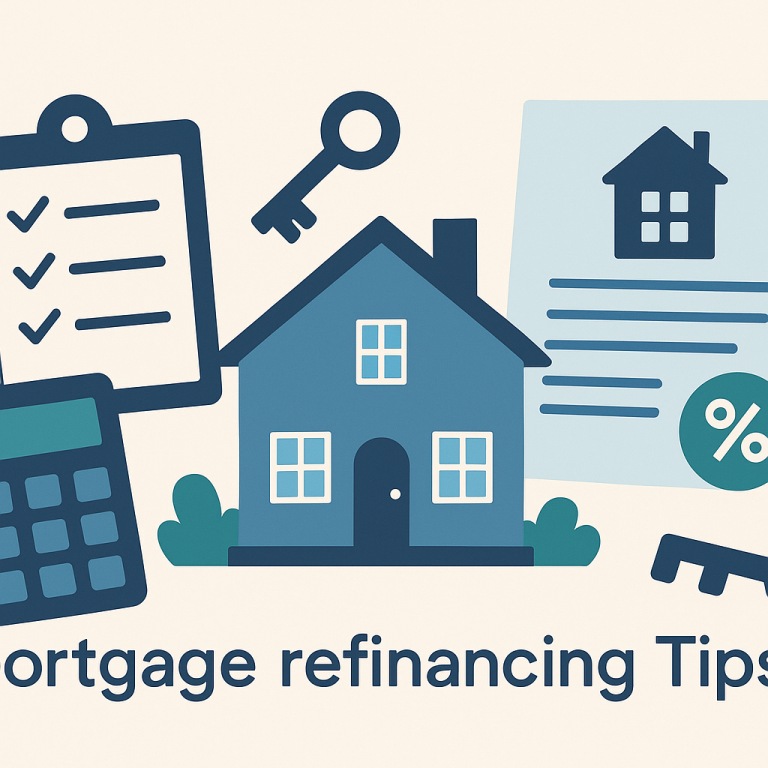Top Lenders Slash Refinance Fees, Cutting Closing Costs For Homeowners
Modest Rate Relief Drives Targeted Refinance Activity; Homeowners Should Prioritize Break-Even and Term Decisions
Recent moves in mortgage markets have prompted a focused wave of refinance activity among homeowners who stand to gain most from rate-and-term improvements or strategic term shortening. While headline interest-rate volatility has not disappeared, the current environment favors borrowers with older, high-rate loans, those seeking to reduce loan duration, and homeowners who can achieve clear financial benefits after accounting for closing costs.
Why some homeowners are refinancing now
Mortgage rates have moderated from recent peaks, creating opportunities for borrowers whose current loans were originated during higher-rate periods. For many of these homeowners, refinancing can lower monthly payments, reduce total interest over the life of the loan, or accelerate payoff by switching to a shorter term. Lenders continue to offer a range of conventional, government-backed, and adjustable-rate products, giving borrowers flexibility to match the new loan structure to their financial goals.
Shifts in the type of refinance activity
The profile of refinance transactions has become more selective. Rate-and-term refinances remain attractive for borrowers with materially higher existing rates, while cash-out refinances are being evaluated more cautiously because they increase principal and may reduce long-term savings. There is also increasing interest in refinancing to shorter terms — for example, moving from a 30-year to a 15- or 20-year mortgage — when the rate differential and affordability align with homeowners’ budgets.
What lenders are emphasizing
Lenders are generally prioritizing borrowers with stable credit fundamentals and adequate home equity. Underwriting standards reflect caution around income documentation and debt-to-income ratios, and loan officers are advising clients to run detailed cost-benefit analyses before proceeding. At the same time, competition among lenders for qualified borrowers has kept product menus varied, creating opportunities for rate-shopping and fee negotiation.
Homeowner takeaways
- Calculate the break-even period: Compare closing costs against monthly savings to determine how long it will take to recoup refinance expenses.
- Consider term adjustment carefully: Shortening your term can cut lifetime interest but will typically raise monthly payments; balance accelerated payoff against cash flow needs.
- Assess total costs, not just rates: Look at origination fees, third-party costs, and any prepayment penalties on your current loan.
- Evaluate equity and loan-to-value impact: Sufficient equity often leads to better pricing and avoids mortgage insurance on conventional transactions.
- Shop multiple offers: Obtain quotes from several lenders and compare APR, fees, and program features rather than focusing solely on the nominal rate.
- Plan for contingencies: Anticipate any income or employment changes that could affect underwriting or closing timelines.
Refinancing remains a tool for homeowners to optimize monthly cash flow, reduce long-term interest, or accelerate equity building, but it is not universally advantageous. The decision should follow a clear calculation of net benefit and alignment with broader financial goals. For homeowners with older, higher-rate mortgages or those prioritizing faster payoff, the current market conditions merit a careful review and, where appropriate, a targeted refinance strategy.
META: angle=targeted-refinance-opportunities; audience=homeowners; tone=professional; length=~580 words
